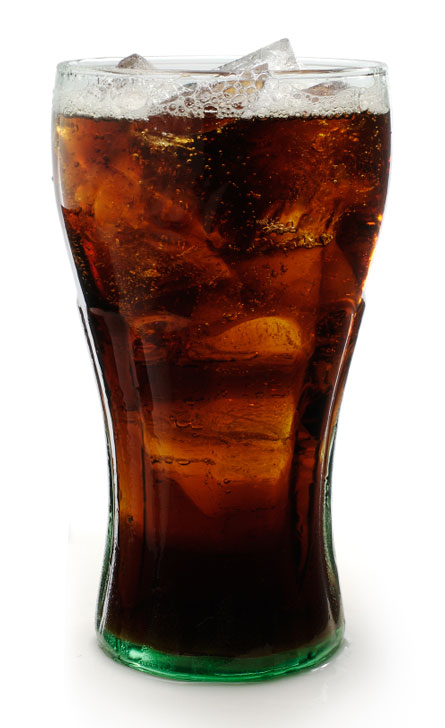Fructose sweeteners may hike blood pressure
Human study confirms trend seen earlier in animals
The more fructose American adults add to their diets, the higher their blood pressure tends to be. The new finding adds fuel to a simmering controversy about whether this simple sugar — found in fruits, table sugar, soft drinks and many baked goods — poses a health hazard that goes beyond simply consuming too many empty calories.

If the new data are confirmed, they might go a long way toward explaining a more than tripling in hypertension rates over the past century — a period when “fructose consumption has increased dramatically in industrialized nations including the United States,’ the authors say.
The idea that fructose might play a role in hypertension is not new. In 2008, an international team of researchers found that among mice, “Fructose feeding decreased salt excretion by the kidney and resulted in hypertension.” The scientists also homed in on a potential mechanism: the activity of a gene responsible for helping the small intestine absorb salt and secrete bicarbonate. When these researchers fed fructose to mice without the functioning gene or to animals eating a salt-free diet, the animals’ blood pressure remained unaltered.
But that was in rodents.
Diana Jalal and fellow nephrologists at the University of Colorado Denver Health Sciences Center in Aurora decided to look for evidence that fructose might have a similar effect in people. So they pulled data collected from a representative cross-section of Americans as part of the National Health and Nutrition Examination Survey. Conducted every few years, the new study’s data came from the 2003 to 2006 survey and included more than 4,500 adults with no prior diagnosis of hypertension.
Sure enough, when Jalal’s group stratified the participants by blood pressure — and many had undiagnosed prehypertension or outright vascular disease characterized by significantly elevated blood pressure — mean intake of added dietary fructose climbed by group. Their findings appear in the Journal of the American Society of Nephrology, published online July 1 ahead of print.
Their focus was “added” fructose. The qualifier refers to fructose intake other than that occurring as a natural constituent of any fruits or other produce. And the reason: Americans are not renowned for downing even the recommended daily servings of fruits and vegetables, much less an excess.
So these nephrologists — kidney specialists — concentrated on the fructose present as a sweetener in processed foods and beverages. Although fructose constitutes half of table sugar, it’s actually sweeter than the other constituent (glucose), so manufacturers have taken to sweetening most products with a high-fructose corn syrup. This somewhat increases the fructose content of the diet.
The new paper shows a barely significant trend toward increasing blood pressure with increasing fructose intake — until its authors applied a statistical technique (logistic regression analysis) to investigate the likelihood of blood pressure increasing as fructose consumption rises. Then they found a statistically significant link — but just for people with bone fide hypertension and only for systolic blood pressure (the higher of the two numbers in a blood-pressure reading).
Explains Jalal, her team’s new data indicate that “High fructose intake is a strong predictor of a greater risk of hypertension.” The average intake for people proved to be about 74 grams of added fructose per day, an amount equivalent to 2.5 soft drinks. People who ingest more than that “are at increased risk of high blood pressure when compared to the ones that ingest low fructose within each blood-pressure category,” she says.
While the Denver group was working on this study, another came out last year focusing on “sugar-sweetened beverage consumption, a significant source of dietary fructose.” It too focused on NHANES data — in this case, on almost 4,900 U.S. adolescents during the previous survey period: 1999 to 2004. And here, drinking sugary soda pop was again linked with elevated systolic blood pressure.
Of course, there are caveats. NHANES participants report their own dietary intake. The data are collected on diet the day before, not what each individual typically eats most days. And some people may be more sensitive to fructose impacts, whatever they might be.
Expect push back from the sweetener industry, especially the Washington, D.C.-based Corn Refiners Association, which has been defending high fructose corn syrup. Its website says: “Research confirms that high fructose corn syrup is safe and no different from other common sweeteners like table sugar and honey.”
I asked Michel Conchol, another of the Denver authors, about what’s next for his group: Will you conduct a feeding trial to control for differences in fructose contributions to the diet? Yes, he said: “We are already planning such a study.”







